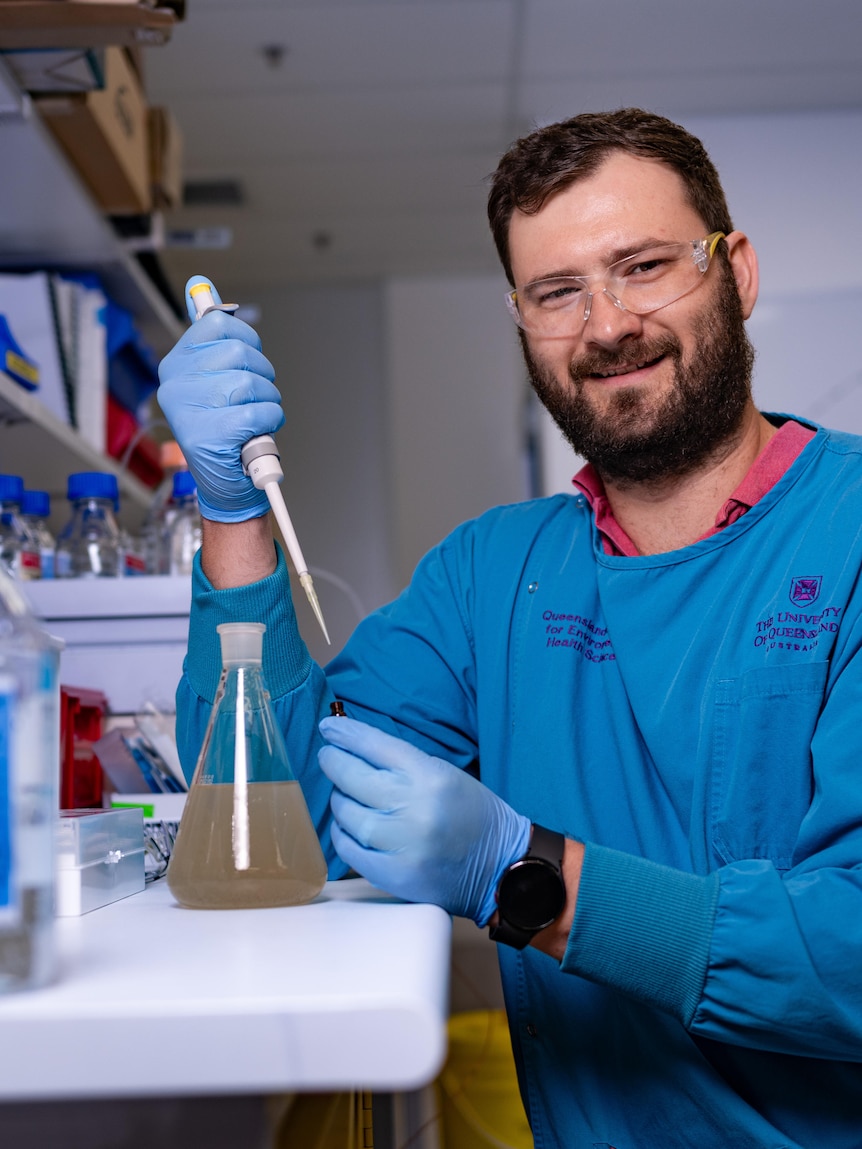Australians are drinking nearly 30 per cent less alcohol today than they were seven years ago, scientists have discovered.
A National Wastewater Drug Monitoring Program study has found Australians from wealthier areas drank more alcohol than their lower socio-economic counterparts.
University of Queensland senior research fellow Ben Tscharke said this could be for a range of reasons, such as the rising costliness of alcohol, as well as accessibility issues.
The longitudinal study examined wastewater between 2016 and 2023, and was published in the Drug and Alcohol Dependence Journal.
Dr Tscharke told ABC Radio Brisbane that the data showed more rural and remote areas also had significantly higher rates of alcohol consumption than the inner city.
City dwellers consumed an average of 14.4 litres per day per 1,000 people, but outer regional and remote sites drank 18.6 litres per day per 1,000 people.
Those in the wealthiest socio-economic quartile consumed about 33.8 per cent more alcohol than those in the poorest quartile.
Dr Tscharke said the findings could have broader implications for Australian health policy.
“It’s quite interesting that there’s quite a difference between socio-economic and regional groups,” Dr Tscharke said.
“We may want to target different areas based on this information. In the regions we may want to have different alcohol policies than in the cities.”
Dr Tscharke said previous wastewater studies had shown that cocaine use was higher in wealthy areas, but cannabis use was higher in poorer areas.
He said about 10 per cent of drinkers were responsible for about 50 per cent of Australia’s total alcohol consumption.
Rural Australians most at risk
Study co-author Phong Thai said alcohol consumption was on the decline, but the declines were not spread evenly across the population.
The associate professor said reductions were steeper in cities than regional and remote areas, and smaller decreases in the most socio-economically disadvantaged areas.
“There’s a risk that if this trend continues it may increase Australian health inequalities,” Dr Thai said.
“It is necessary to maintain a sustained and multi-faceted effort to reduce the harms associated with alcohol consumption in more disadvantaged areas.”
The study noted that when the Northern Territory introduced a $1.30 per standard drink minimum price floor in 2018, alcohol consumption dropped immediately.
However, it noted the effect mostly eroded over the course of just one year as levels returned to normal.
The report also noted an “alcohol-harm paradox”, where people of lower socio-economic status experience more harm despite lower per capita alcohol consumption.
Get local news, stories, community events, recipes and more each fortnight.





